Celebrating Diwali in My ESL and Multicultural Classroom
Every year, I love bringing a little extra light into my classroom — and Diwali, the Festival of Lights, is the perfect opportunity to do just that. As an ESL teacher, I’m always looking for meaningful ways to help my students build language, explore global cultures, and feel proud of their own identities. Celebrating Diwali together has become one of my favorite classroom traditions because it blends language learning, creativity, and cultural appreciation all in one.
Disclaimer: In this blog, the terms ESL students (English as a Second Language), ELLs (English Language Learners), and ML (Multilingual Learners) are used interchangeably. While “Multilingual Learners” is becoming the more widely accepted term, “ESL students” and “English Language Learners” are still commonly used in various contexts. My aim is to be inclusive and clear to all readers, regardless of the terminology they are familiar with.
Building Background Knowledge: PWIM & See–Think–Wonder
On Monday morning, I’ll start our Diwali lesson by helping my students build background knowledge. Before reading or talking about Diwali, I want them to see it — lights, oil lamps (diyas), traditional clothes, and delicious sweets.
We begin with the Picture Word Inductive Model (PWIM) — I display vivid Diwali photos, and together we label everything we see. Students point, describe, and repeat new words like lamp, light, fireworks, and family. This strategy helps them connect images to vocabulary and develop pronunciation and word awareness in context.
Then, we use a See–Think–Wonder graphic organizer. I ask simple prompts like:
- What do you see?
- What do you think is happening?
- What do you wonder about this celebration?
This part always sparks rich discussion and critical thinking. Even my beginner English learners feel confident sharing ideas because visuals help them communicate meaning without needing perfect grammar.
ESL Read Aloud: A Window into Language and Culture
After we’ve built curiosity and background knowledge, it’s time for our Diwali read aloud - one of my favorite parts of the lesson. Reading aloud is such a powerful way to build both language and connection in an ESL classroom. When students hear fluent English in context, they begin to internalize sentence structure, rhythm, and pronunciation, while also learning new vocabulary and grammar naturally.
Read alouds give us the chance to create background knowledge, strengthen comprehension, and grow vocabulary all at once. As we listen and discuss, I pause to ask simple questions, highlight new words, and connect them to images or experiences students already know.
Beyond language, read alouds also highlight culture and shared interests-helping students see themselves and others in stories. They can relax, reduce stress, and build community as we explore the story together. During our Diwali read aloud, students learn where Diwali comes from, what it means, and the story of Rama and Sita—a tale of light, love, and goodness overcoming darkness.
Each story we share becomes a bridge: connecting language, culture, and imagination while inspiring both readers and writers. For English learners, read alouds don’t just teach English—they open doors to understanding, belonging, and joy.
I also love adding a short color-by-code comprehension activity after the story. My students answer six multiple-choice questions and color a diya picture to match their answers. It’s a calm, hands-on way to check understanding — and they don’t even realize they’re being assessed!
ESL Diwali Themed Sentence Building
With my ELL newcomers we move into some structured language practice using our Build-a-Sentence picture cards. These are a hit with my ESL students! Together, we create sentences using "Who", “What” and “Where” prompts.
This part of the lesson reinforces grammar, vocabulary, and sentence structure, while giving students ownership of their language. I love seeing them light up when they build sentences independently, write them down and read them aloud to the class.
Diwali Lantern Craft: Creativity Meets Culture
To end our lesson, we create Diwali lanterns inspired by Diwali and rangoli designs. This craft is one of my favorite ways to bring art, literacy, and cultural celebration together. Students can choose between two versions — one with traceable Diwali vocabulary words for language support, and one without vocabulary words.
As we color, trace, and assemble our lanterns, we talk about the meaning of light in different cultures and what Diwali represents — hope, kindness, and new beginnings. The finished lanterns make our classroom glow with color and pride.
With my younger ELLs, we make lanterns together and add a literacy twist by labeling, tracing, and coloring. They love tracing Diwali messages like “Happy Diwali!”, “Spread Joy!”, and “The Festival of Lights.”
Why I Celebrate Diwali in My Classroom
For me, lessons like this go beyond vocabulary lists or grammar practice. They help my students see themselves — and others — in the learning. Many of my ELLs come from countries where Diwali is celebrated, so it’s a chance for them to share their traditions and feel seen. For others, it’s a window into a new culture, fostering empathy and curiosity.
By combining visuals, language-building activities, storytelling, and crafts, I’m not just teaching English — I’m helping students build connections, confidence, and appreciation for our diverse world.
If you’ve never celebrated Diwali in your classroom before, I encourage you to give it a try! Whether you do a read aloud, a vocabulary activity, or a simple lantern craft, your students will love learning about this beautiful celebration of light, love, and community. It’s one of those lessons that reminds us why teaching language — and culture — matters so much.
Try My Free “Color–Symbol–Image” Activity Thinking Routine!
Looking for another creative way to help your English Language Learners make deeper connections with new ideas and vocabulary? Try my free Color–Symbol–Image activity, inspired by Project Zero from Harvard Graduate School of Education!
Here’s how it works in class:
- Observation: Show students a meaningful image or word (for example, a diya or the word light). Ask them to look closely and think about what it represents.
- Color Association: Students choose a color that connects to the image or idea and explain why.
- Symbol Generation: They draw or describe a symbol that represents the meaning behind it.
- Imagery Reflection: Students imagine or draw an image that captures the feeling or concept.
- Discussion: Share ideas in pairs or groups to encourage speaking practice and creative thinking.
This simple yet powerful thinking routine helps ELLs build vocabulary, express ideas visually, and think critically about language and culture. It’s also a wonderful way to connect abstract ideas — like light, hope, or community — to visual meaning.
Why I love it: It sparks creativity, invites meaningful conversation, and supports deeper comprehension — perfect for ESL, ELL, and multicultural classrooms.
Want more first-day ESL tips, crafts, and classroom culture ideas? Sign up for my email list.
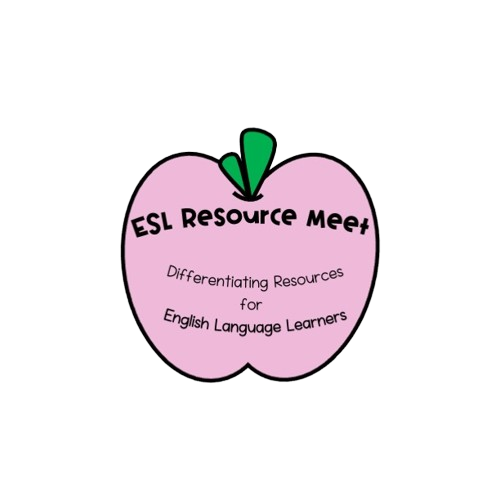















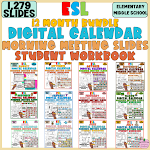


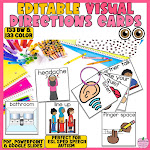





































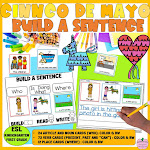







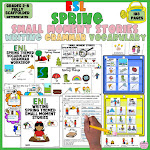




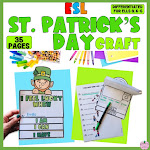
















































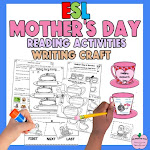
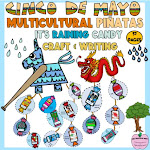
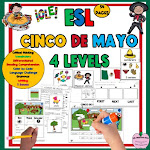
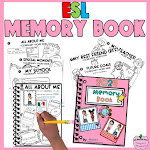




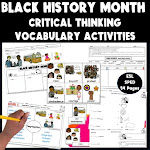

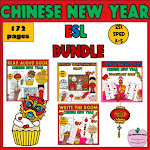

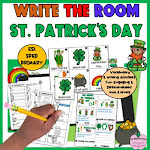
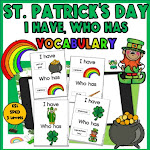
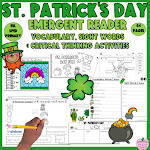



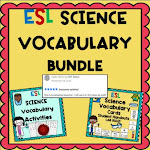




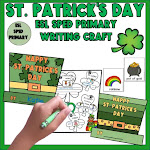

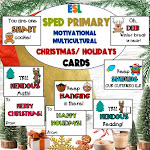


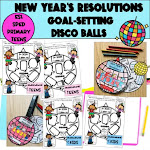
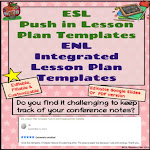




0 Comments